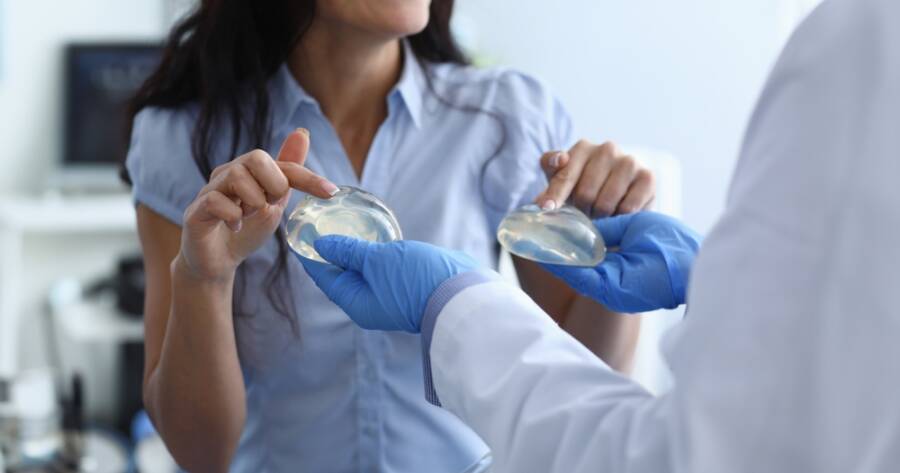Breast implant clinical trials are crucial in advancing cosmetic and reconstructive surgery, focusing on enhancing safety and effectiveness. With innovative designs and technologies like the GalaFLEX LITE™ Scaffold under evaluation, clinical trials aim to minimize complications such as capsular contracture. Enrollees benefit from rigorous assessments and sometimes, financial incentives for their participation.
Understanding Breast Implant Clinical Trials
Breast implant clinical trials are essential for advancing medical technology in cosmetic and reconstructive surgery. These trials focus on evaluating the safety and effectiveness of new implant designs and materials, aiming to improve patient outcomes significantly.
For instance, the FDA’s guidelines require rigorous assessments and long-term follow-up to ensure that products like Motiva Implants® meet high safety standards, particularly for women seeking breast enhancement or reconstruction.
The Importance of Clinical Trials in Breast Implant Surgery
Clinical trials are pivotal in minimizing risks associated with breast implants, like the common complication of capsular contracture. This issue presents an incidence rate of 10% to 20%, and traditional treatments often fail to prevent recurrence, with rates as high as 54%, as demonstrated in studies. By enrolling patients from diverse locations such as California and New York, the STANCE trial aims to address this complication rigorously.
Innovative Approaches in Breast Implant Trials
New technologies are at the forefront of these clinical trials. The GalaFLEX LITE™ Scaffold, for example, is made from Poly-4-Hydroxybutyrate, which has been traditionally used in hernia repair due to its support capabilities.
This bioabsorbable scaffold is now being used to assess how it can help mitigate capsular contracture. Patients in the STANCE trial are either receiving the scaffold or standard care, allowing researchers to gauge its efficacy directly within a comparative context.
Participant Experience in Breast Implant Trials
Participation in such trials often comes with commitments, including follow-up visits and medical screenings. For example, Motiva Implant Clinical Trial participants are required to comply with follow-up protocols for over a decade, undergoing regular MRI screenings to detect silent ruptures.
These screenings begin three years post-surgery and continue biennially in adherence to FDA recommendations. This ensures long-term monitoring of both the implants and patient well-being.
Compensation and Inclusion in Trials
Aside from medical benefits, trials like those conducted by Motiva USA LLC include financial incentives, helping offset the costs of surgery itself. Participants are divided into groups based on their procedure type, receiving cash bonuses and trust fund deposits. These enrollees must attend their scheduled follow-up visits to receive full compensation, which highlights the importance of commitment.
Eligibility Criteria for Participation
These trials are open to genetic females seeking breast augmentation, reconstruction, or revision surgery who have enough tissue to adequately cover the implants. Motiva Implants® are known for their advanced, cell-friendly surfaces designed to reduce complications, especially when compared to earlier silicone gel-filled models, and optimize patient safety and satisfaction. However, exclusion criteria apply to individuals whose medical conditions or surgical risks could complicate outcomes.
Why You Should Learn More About Breast Implant Clinical Trials Today
Engagement in clinical trials for breast implants provides invaluable insights that help shape the future of cosmetic surgery. With cutting-edge approaches being tested, such as the GalaFLEX LITE™ Scaffold and Motiva’s fifth-generation implants, participants contribute to advancements that could potentially reduce complications and improve cosmetic outcomes. Staying informed about these trials can empower individuals with better options, as the field continues to evolve with scientific and technological innovations.

